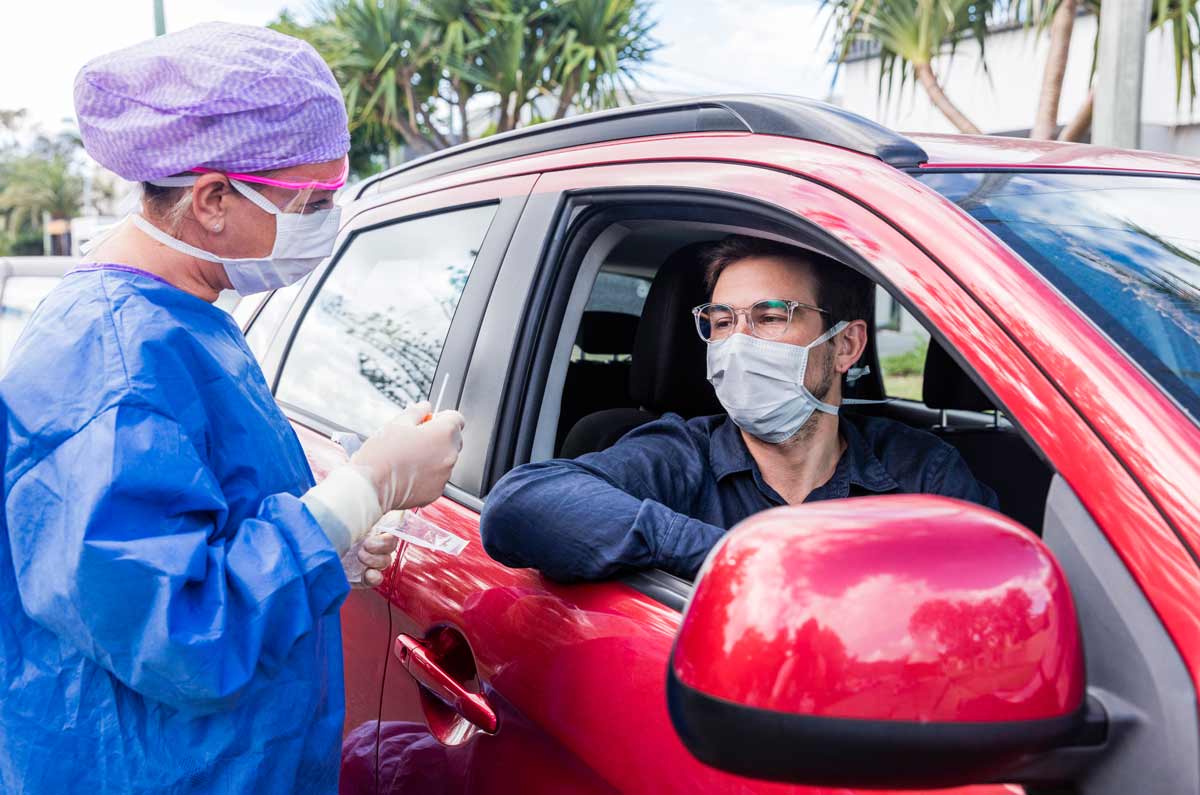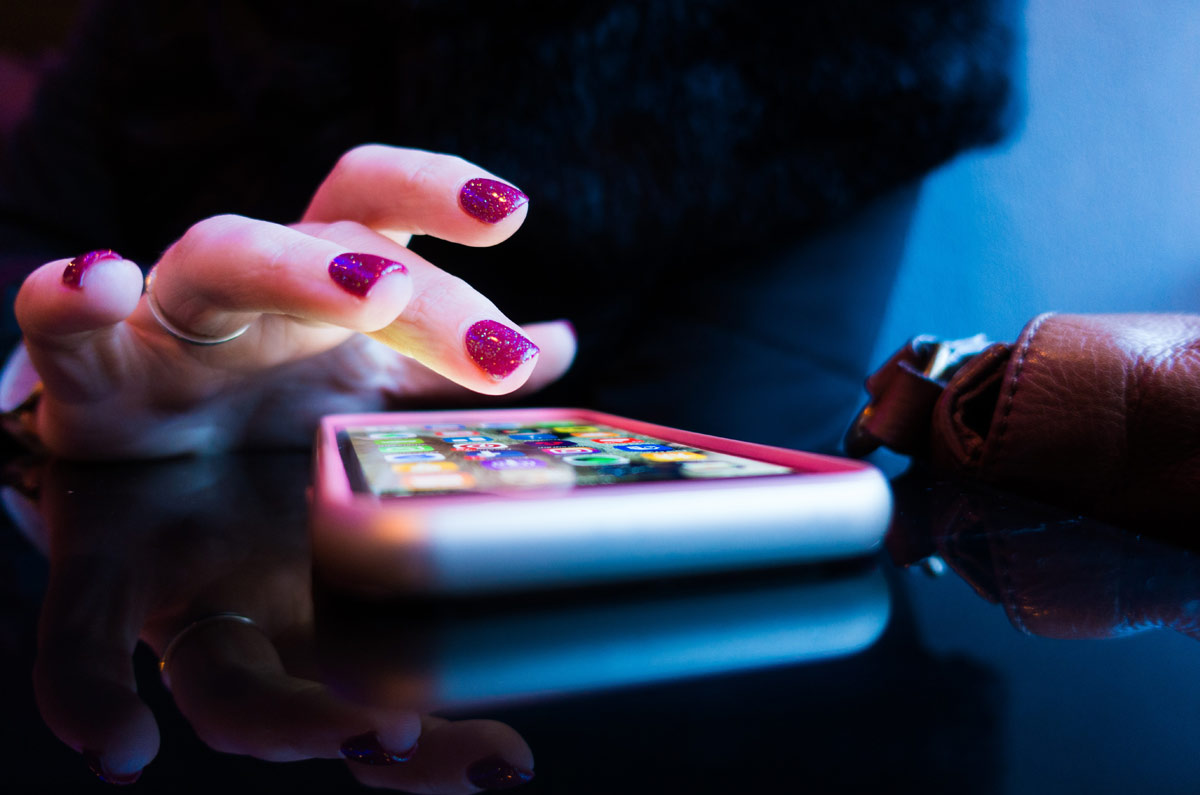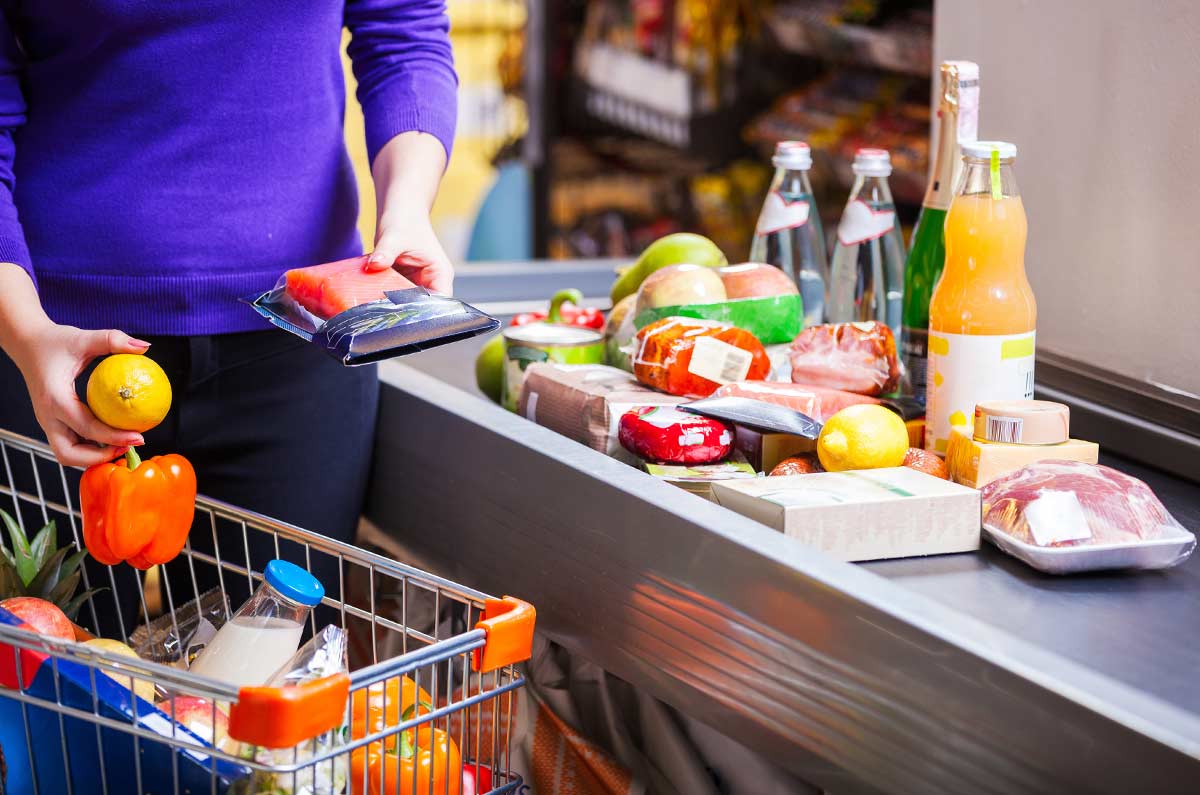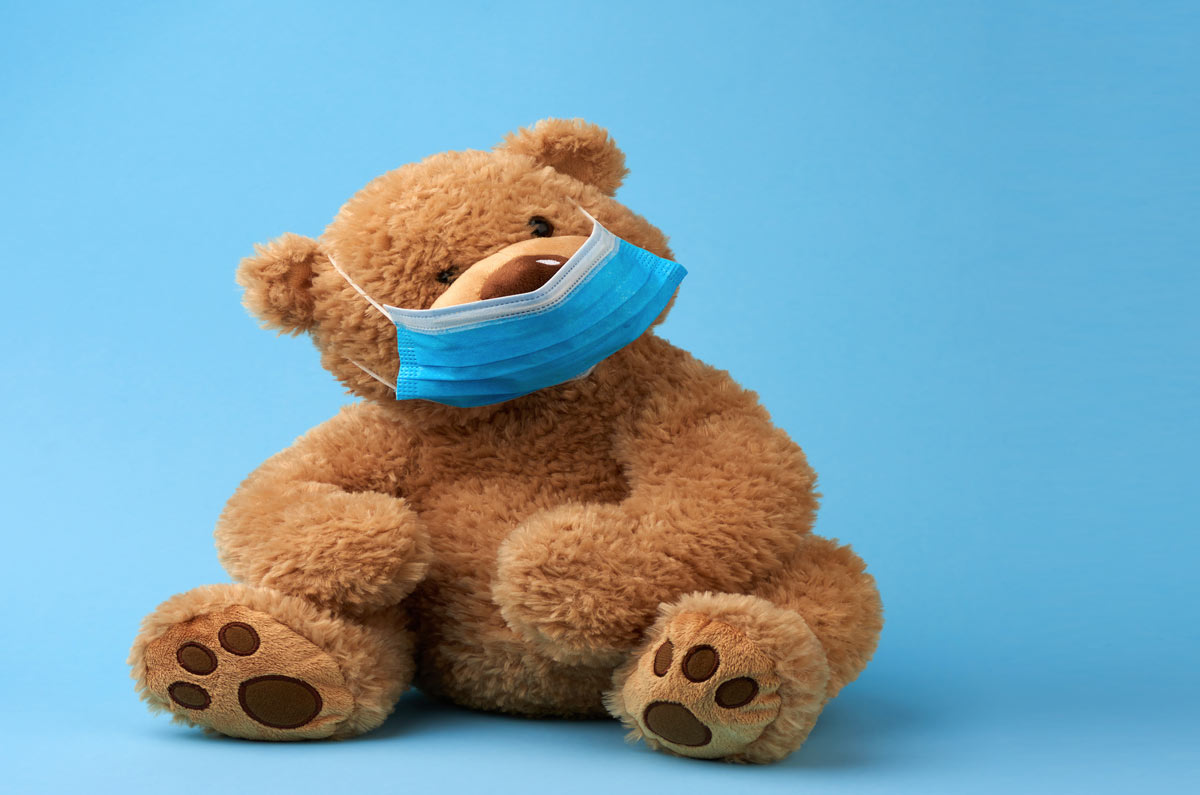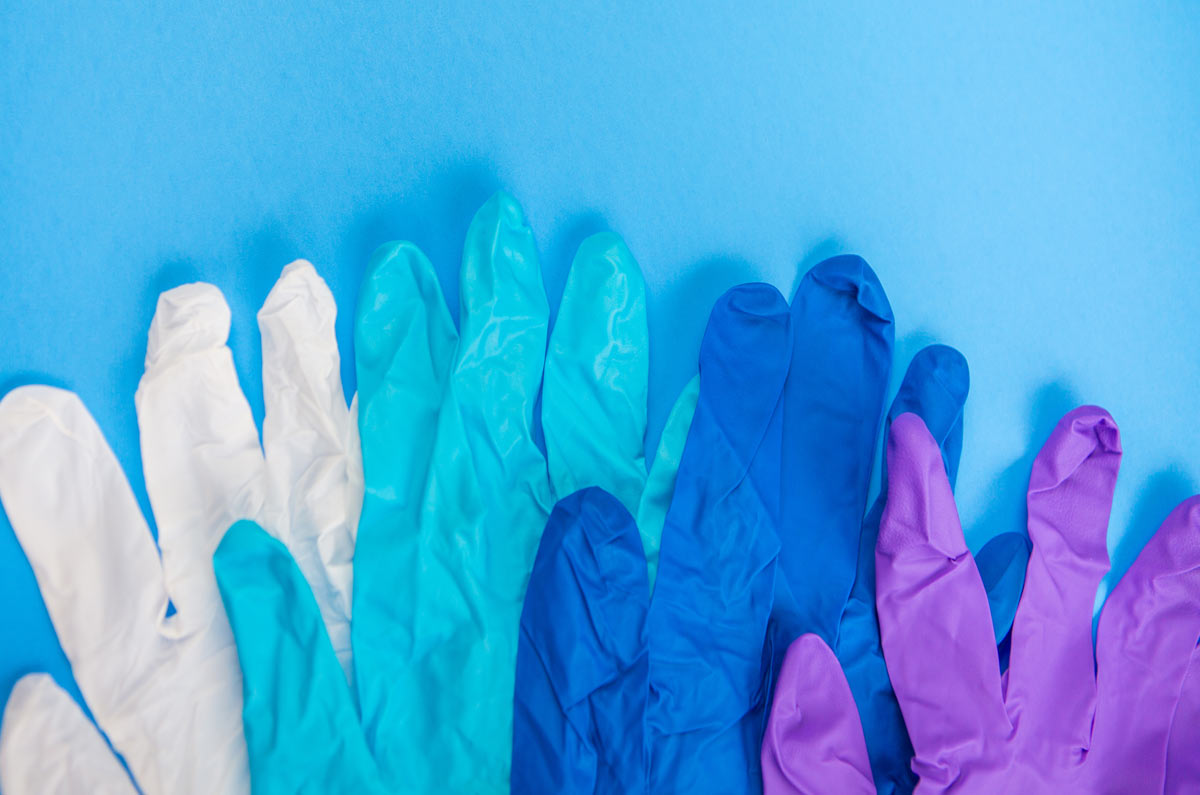In the last couple of weeks pop-up and drive through testing centres for COVID-19 have been appearing in places like shopping centre carparks, town halls and community centres.
Testing in Australia has now been expanded to include anyone with COVID-19 symptoms. At the beginning of the pandemic we were focused on mainly testing people who’d been overseas, on cruise ships or had been in direct contact with someone diagnosed with the virus.
Now focus has moved to community transmission. This is when someone develops COVID-19 for no obvious reasons. They’ve not been overseas or in contact with someone with the virus…that they know about.
Symptoms
As we know some people may have the virus without having obvious or severe symptoms. If they’re out and about they may unwittingly spread this highly infectious virus to others.
That’s why testing is being broadened to anyone who has symptoms such as:
- fever, chills or sweats
- cough
- sore throat
- shortness of breath
- runny nose
- loss of sense of smell.
For more information about symptoms and to see if you or someone you care for may have the virus, use the healthdirect Coronavirus (COVID-19) Symptom Checker. Answer a few simple questions to find out if you need to seek medical help or be tested. Or call the National Coronavirus Helpline on 1800 020 080, 24 hours a day, seven days a week.
It’s important to be aware that there are currently some slight differences in the testing criteria for states and territories.
For example Victoria has started a two week testing blitz. As well as people with symptoms, some people can be tested even if they don’t have symptoms. This includes people with chronic conditions, Aboriginal and Torres Strait Islanders and people who can’t work from home (including healthcare workers, police, construction workers).
Visit your state/territory health website for information about testing criteria relevant to where you live or call the National Coronavirus Helpline on 1800 020 080.
So what are the tests and how do they work?
First, it’s important to note that all tests for COVID-19 are performed by health professionals. You may have seen information about home tests on social media. In Australia it’s illegal for anyone to sell a home testing kit and claim that you can test yourself for COVID-19. Supply of these kits is also prohibited under the Therapeutic Goods (Excluded Purposes) Specification 2010. Testing for COVID-19 is complicated and requires the specialised knowledge and training of health professionals. As well as the actual testing and interpretation of results, they’re also able to give you expert information and support. So if you see these home tests advertised, ignore them.
The main test currently used for COVID-19 is a swab test.
A swab (similar to a long cotton bud) is inserted into your nose or back of your throat to collect fluid and cells. Once the sample has been collected it’s sent to a lab for testing.
At the lab, technicians will look for genetic material from the virus. They will then send the result to the health professional who took the sample. This usually takes between 1-3 days. You’ll be contacted with the results – whether you have the virus or not.
The swab test can only tell you if you have an ongoing infection, it can’t tell if you’ve had COVID-19 in the past.
While this test is considered to be very accurate, especially in a laboratory setting, there can be errors. People may be told they aren’t infected when they are. This is called a false negative. It can happen if a sample hasn’t been taken correctly or if the virus hasn’t replicated in your body to a level that can be detected. There’s also the possibility of a false positive, when a person has been told they have the virus, but they don’t. This can happen if the sample becomes contaminated in the lab. However these are not common occurances.
Another test that may be used in some situations looks for antibodies in your blood. If you have the virus, your body will create antibodies to fight it. The blood test will look for this. However it takes time for your body to create antibodies, so you may have already recovered from the virus before antibodies appear. So this test can’t tell you if you still have the virus, or when you may have had it – only that you have had it.
Testing as we go forward
As well as testing for COVID-19 in people who have symptoms or suspect they may have the virus, testing may begin to be carried out on the community at random.
Called sentinel testing or sentinel surveillance this mode of testing will look for cases of COVID-19 in people that aren’t displaying symptoms.
It’s likely that sentinel testing will be happening in the near future as we begin to relax restrictions. We just have to wait to hear from the Federal Government as to how and when it’ll happen.
For more info, read What is sentinel surveillance and how might it help in the fight against coronavirus?
Contact our free national Help Line
If you have questions about things like COVID-19, your musculoskeletal condition, treatment options, telehealth, managing your pain or accessing services be sure to call our nurses. They’re available weekdays between 9am-5pm on 1800 263 265; email (helpline@msk.org.au) or via Messenger.
More to explore
- Breaking down the two tests that could help contain the COVID-19 pandemic
Smithsonian Magazine, 7 April 2020 - COVID-19
LabTestsOnline - How testing works for COVID-19
TGA, 27 March 2020 - How do the tests for coronavirus work?
Compound Interest, 19 March 2020 - Getting tested for coronavirus (COVID-19)
Victorian Government, Department of Health and Human Services - COVID-19: frequently asked questions
NSW Government, Department of Health - What is sentinel surveillance and how might it help in the fight against coronavirus?
The Conversation, 1 May 2020 - Sentinel testing will be part of the strategy before Australia’s coronavirus restrictions are potentially eased
ABC News, 25 April 2020

